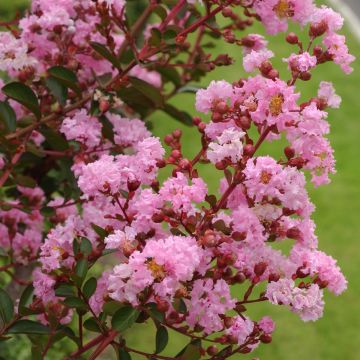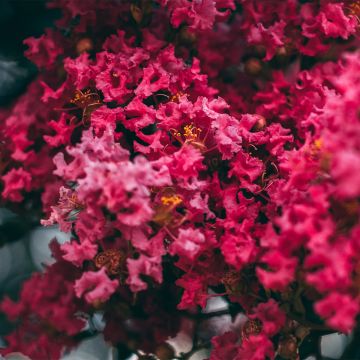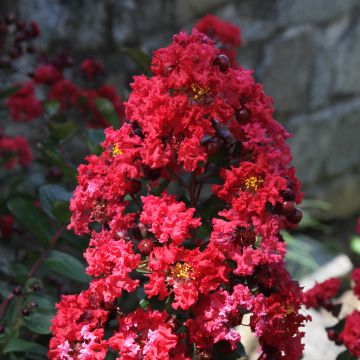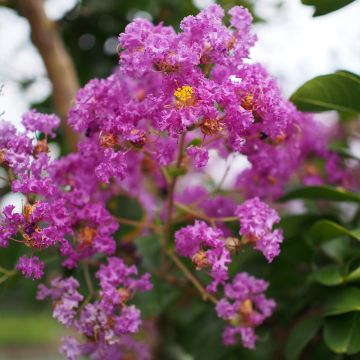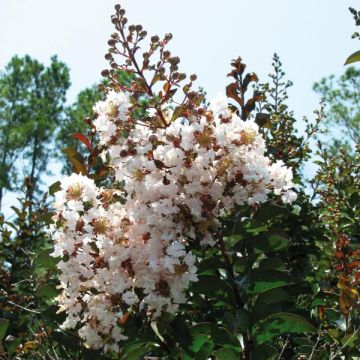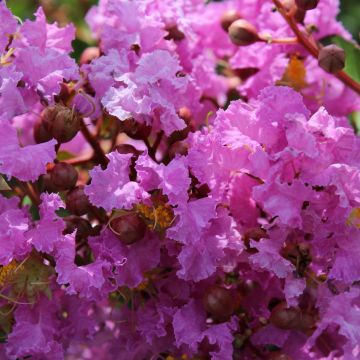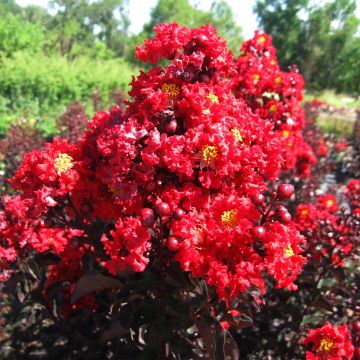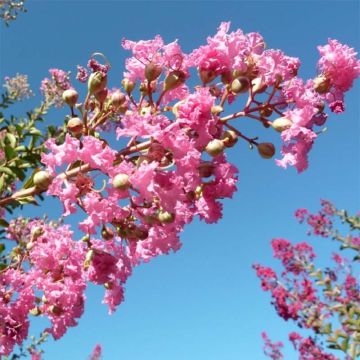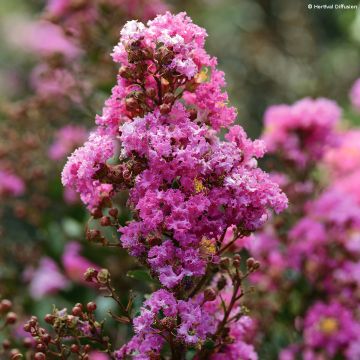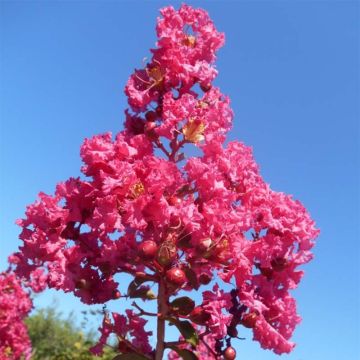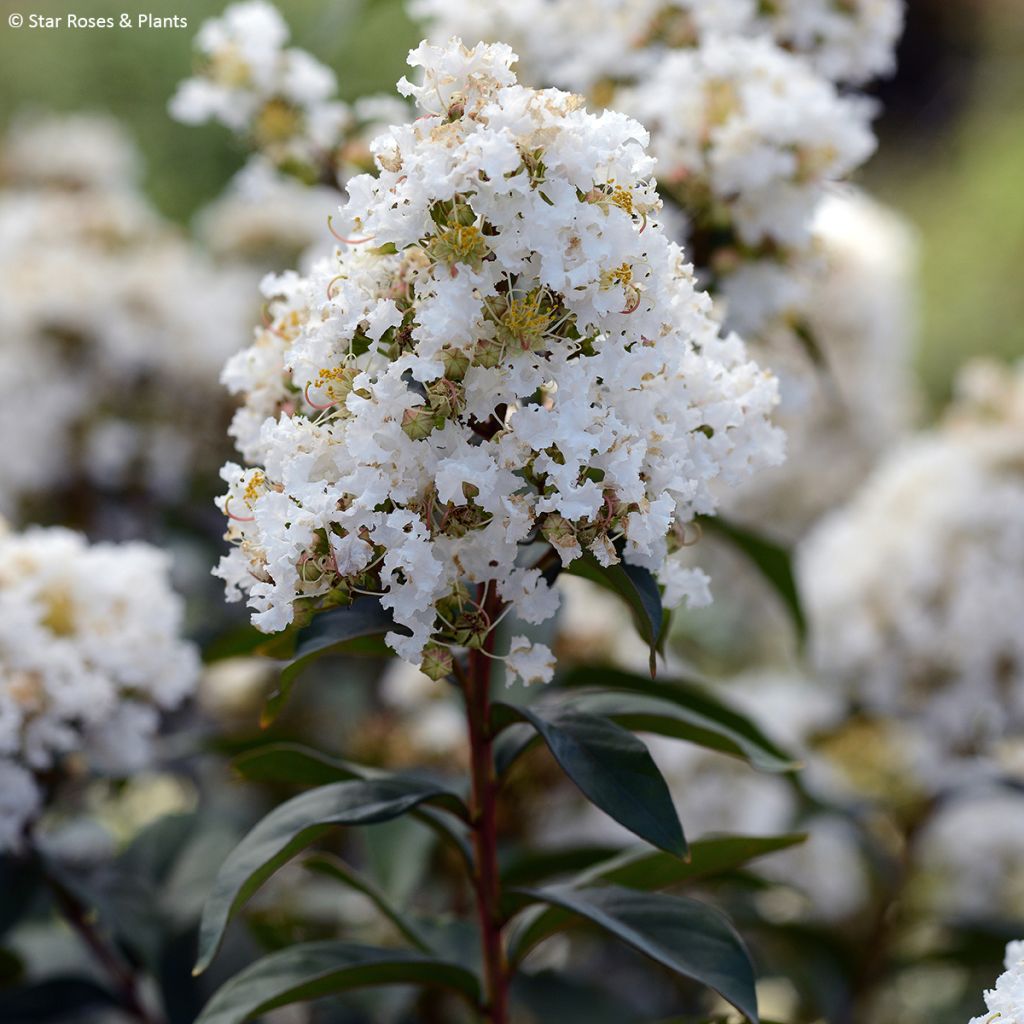

Lagerstroemia Enduring White - Crape Myrtle
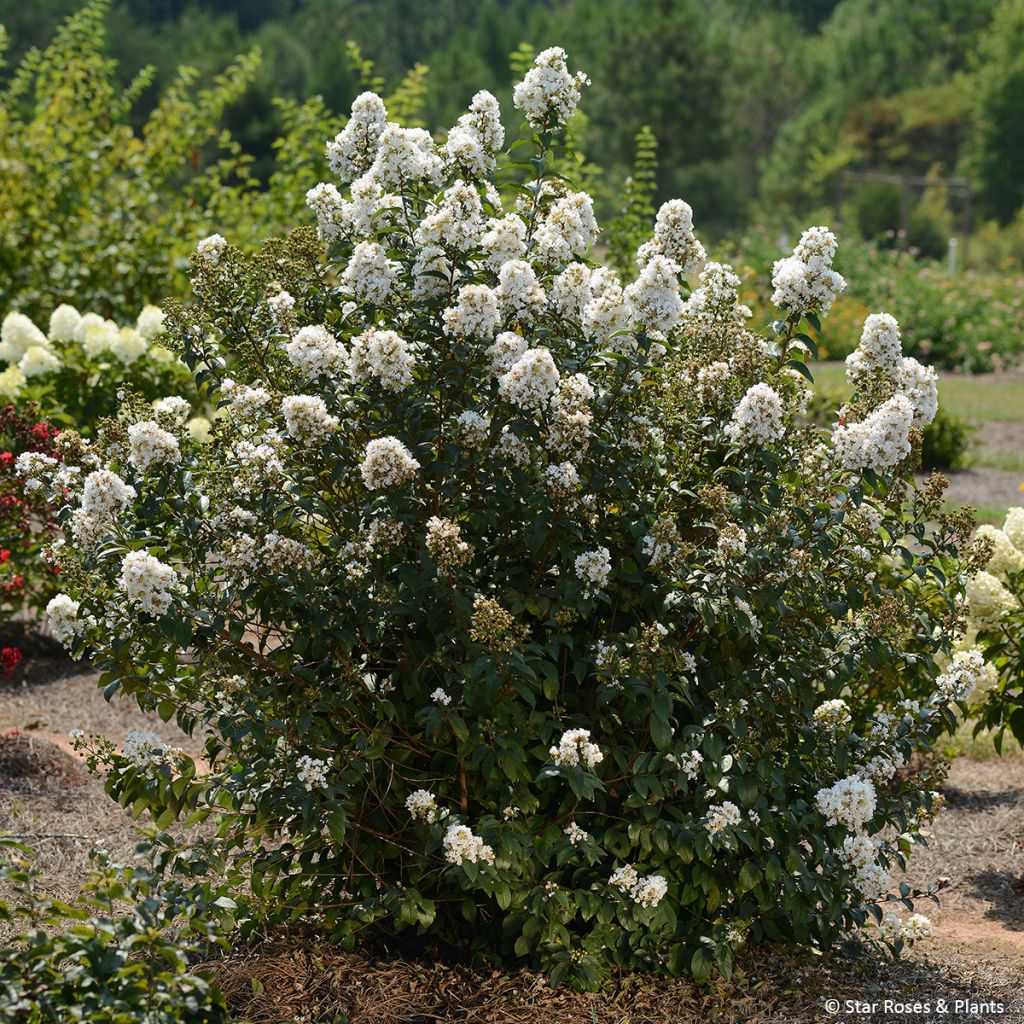

Lagerstroemia Enduring White - Crape Myrtle
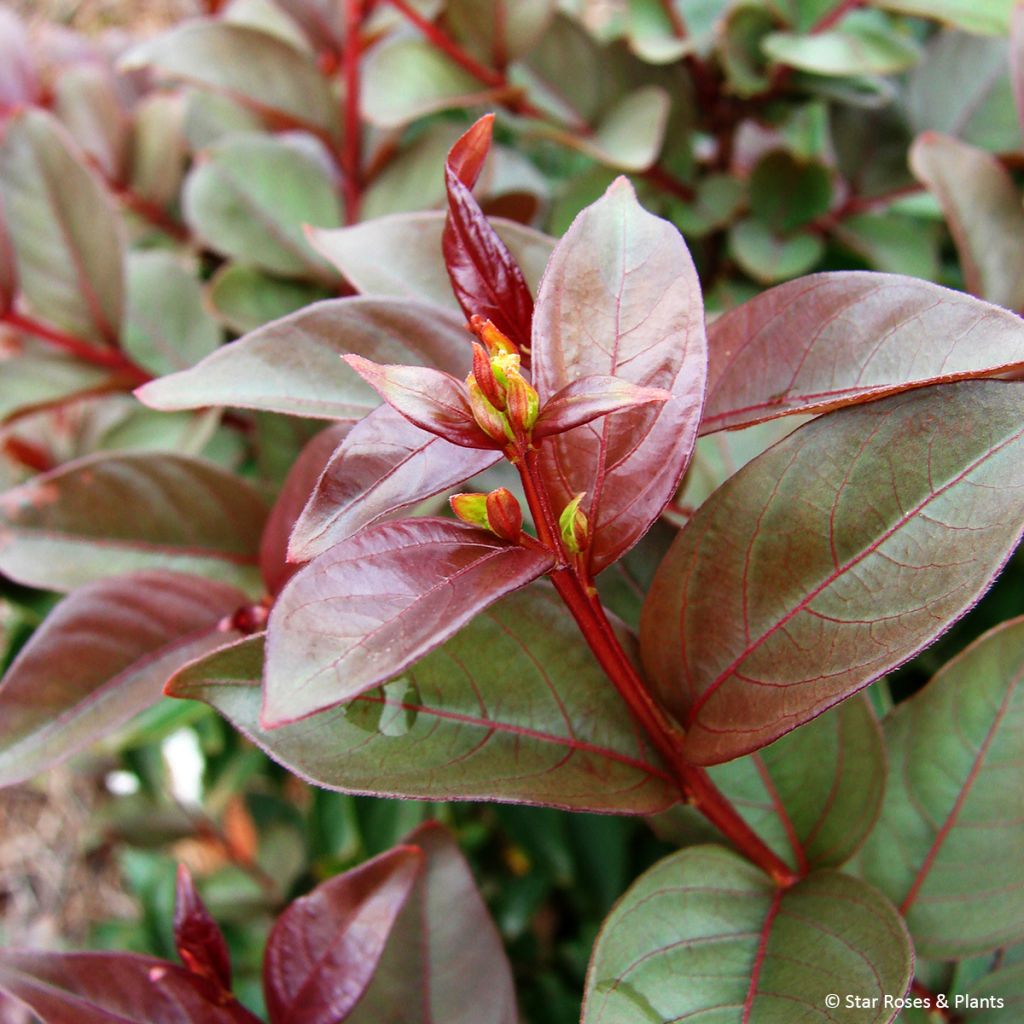

Lagerstroemia Enduring White - Crape Myrtle
Lagerstroemia Enduring White - Crape Myrtle
Lagerstroemia 'Piilag B1' ENDURING® WHITE cov
Crape Myrtle, Crepe Myrtle, Indian Lilac
This item cannot be shipped to the selected country
Delivery charge from €5.90
Delivery to Corse prohibited
More information
Schedule delivery date,
and select date in basket
This plant carries a 24 months recovery warranty
More information
We guarantee the quality of our plants for a full growing cycle, and will replace at our expense any plant that fails to recover under normal climatic and planting conditions.
From €5.90 for pickup delivery and €6.90 for home delivery
Express home delivery from €8.90.
Delivery to Corse prohibited: UE law prohibits the import of this plant from mainland France to Corse as part of the fight against Xylella fastidiosa. Please accept our sincere apologies.
More information
Does this plant fit my garden?
Set up your Plantfit profile →
Description
The Lagerstroemia indica Enduring White is a variety of Indian Lilac with an early flowering and a compact habit. Its white, dense and generous flowering appears from the end of June or early July and lasts all summer. When they first appear, the young shoots are purple, turning to shiny dark green throughout the growing season. In autumn, the foliage takes on beautiful red tones. Selected for its good hardiness, this bush can be grown in pots in the coldest regions, and can flower well in cooler areas in warm and sheltered locations.
The Indian Lilac Enduring White belongs to the small family of Lythraceae, also known for hosting the pomegranate (Punica granatum) as well as the Cuphea. The Lagerstroemia can withstand temperatures down to -10°C to -15°C depending on the variety. However, it needs warmth to flower, which often limits its interest in northern areas, even though its bark becomes decorative over time, as the branches or trunk grow thicker. Indeed, in cooler areas, it is most often found in the form of a shrub, but in the south, one can come across specimens formed as trees.
The Lagerstroemia Enduring White is a remarkable variety with a well compact habit, forming a regular ball with a diameter of 1.5m at maturity. Its flowering is magnificent, with bright white flowers covering the bush in numerous clusters. The inflorescences are rather airy and composed of slender pedicels, each bearing a flower with five petals with a very undulate edge, whose texture resembles that of crêpe fabric. The leaves, leathery and deciduous, have a beautiful purple colour when they appear in spring. Then, the small oval leaves turn into a shiny dark green, which provides a superb backdrop for the flowering from late June to September. At the end of the season, the foliage is showcased by the warm red colourations it takes on in autumn. The Lagerstroemia grows in moist, well-drained soil and tolerates most types of soil, neutral to slightly acidic or slightly chalky. However, it absolutely requires a sunny exposure and must be pruned every year at the end of winter to flower well.
The Indian Lilacs are the pride of gardens in the Southwest. Preferring the humid and warm climates, it thrives in sunny regions. This bush is also worth acclimating in the colder areas of our country, by carefully choosing the variety and its location, Enduring White is a good candidate for this. It is when isolated, near the house, that you can fully enjoy its generosity. It also looks good in a shrub border, a flowering hedge, or emerging from a mound of perennials, such as Nepeta, salvias, or Asters. In a flowering hedge, accompany it with Kolkwitzia amabilis, lilacs, butterfly bushes, and Japanese quinces.
NB: Karl Von Linné named this tree to honour his friend Magnus Von Lagestroem (1696–1759), who had sent it to him from India for identification. Originally, this tree was used to decorate Chinese temples.
Report an error about the product description
Plant habit
Flowering
Foliage
Botanical data
Lagerstroemia
'Piilag B1' ENDURING® WHITE cov
Lythraceae
Crape Myrtle, Crepe Myrtle, Indian Lilac
Cultivar or hybrid
Other Lagerstroemia - Crape Myrtle
Planting and care
We recommend planting Lagerstroemia indica Enduring White in spring, when there is no longer any risk of frost, in a very sunny and sheltered location, in a rich, rather moist, well-drained soil, preferably slightly acidic, neutral or very slightly alkaline. In the southern regions, however, it is better to plant it in autumn so that it can benefit from the seasonal rains to establish its roots. It will appreciate a compost addition and a thick layer of dead leaves, especially during the first two winters in slightly colder regions. It is necessary to prune the floriferous branches very short in February-March, leaving only 3 to 5 buds to balance its branches and stimulate the growth of future flower-bearing branches. Also remove weak twigs that will not produce any flowers and poorly positioned branches.
It is possible, and even recommended, to cultivate it in a container or a large pot, especially in regions with severe and prolonged frosts. This bush can still withstand temperatures as low as -15°C, or even lower, once it is sufficiently mature and well-established.
Planting period
Intended location
Care
This item has not been reviewed yet - be the first to leave a review about it.
Haven't found what you were looking for?
Hardiness is the lowest winter temperature a plant can endure without suffering serious damage or even dying. However, hardiness is affected by location (a sheltered area, such as a patio), protection (winter cover) and soil type (hardiness is improved by well-drained soil).

Photo Sharing Terms & Conditions
In order to encourage gardeners to interact and share their experiences, Promesse de fleurs offers various media enabling content to be uploaded onto its Site - in particular via the ‘Photo sharing’ module.
The User agrees to refrain from:
- Posting any content that is illegal, prejudicial, insulting, racist, inciteful to hatred, revisionist, contrary to public decency, that infringes on privacy or on the privacy rights of third parties, in particular the publicity rights of persons and goods, intellectual property rights, or the right to privacy.
- Submitting content on behalf of a third party;
- Impersonate the identity of a third party and/or publish any personal information about a third party;
In general, the User undertakes to refrain from any unethical behaviour.
All Content (in particular text, comments, files, images, photos, videos, creative works, etc.), which may be subject to property or intellectual property rights, image or other private rights, shall remain the property of the User, subject to the limited rights granted by the terms of the licence granted by Promesse de fleurs as stated below. Users are at liberty to publish or not to publish such Content on the Site, notably via the ‘Photo Sharing’ facility, and accept that this Content shall be made public and freely accessible, notably on the Internet.
Users further acknowledge, undertake to have ,and guarantee that they hold all necessary rights and permissions to publish such material on the Site, in particular with regard to the legislation in force pertaining to any privacy, property, intellectual property, image, or contractual rights, or rights of any other nature. By publishing such Content on the Site, Users acknowledge accepting full liability as publishers of the Content within the meaning of the law, and grant Promesse de fleurs, free of charge, an inclusive, worldwide licence for the said Content for the entire duration of its publication, including all reproduction, representation, up/downloading, displaying, performing, transmission, and storage rights.
Users also grant permission for their name to be linked to the Content and accept that this link may not always be made available.
By engaging in posting material, Users consent to their Content becoming automatically accessible on the Internet, in particular on other sites and/or blogs and/or web pages of the Promesse de fleurs site, including in particular social pages and the Promesse de fleurs catalogue.
Users may secure the removal of entrusted content free of charge by issuing a simple request via our contact form.
The flowering period indicated on our website applies to countries and regions located in USDA zone 8 (France, the United Kingdom, Ireland, the Netherlands, etc.)
It will vary according to where you live:
- In zones 9 to 10 (Italy, Spain, Greece, etc.), flowering will occur about 2 to 4 weeks earlier.
- In zones 6 to 7 (Germany, Poland, Slovenia, and lower mountainous regions), flowering will be delayed by 2 to 3 weeks.
- In zone 5 (Central Europe, Scandinavia), blooming will be delayed by 3 to 5 weeks.
In temperate climates, pruning of spring-flowering shrubs (forsythia, spireas, etc.) should be done just after flowering.
Pruning of summer-flowering shrubs (Indian Lilac, Perovskia, etc.) can be done in winter or spring.
In cold regions as well as with frost-sensitive plants, avoid pruning too early when severe frosts may still occur.
The planting period indicated on our website applies to countries and regions located in USDA zone 8 (France, United Kingdom, Ireland, Netherlands).
It will vary according to where you live:
- In Mediterranean zones (Marseille, Madrid, Milan, etc.), autumn and winter are the best planting periods.
- In continental zones (Strasbourg, Munich, Vienna, etc.), delay planting by 2 to 3 weeks in spring and bring it forward by 2 to 4 weeks in autumn.
- In mountainous regions (the Alps, Pyrenees, Carpathians, etc.), it is best to plant in late spring (May-June) or late summer (August-September).
The harvesting period indicated on our website applies to countries and regions in USDA zone 8 (France, England, Ireland, the Netherlands).
In colder areas (Scandinavia, Poland, Austria...) fruit and vegetable harvests are likely to be delayed by 3-4 weeks.
In warmer areas (Italy, Spain, Greece, etc.), harvesting will probably take place earlier, depending on weather conditions.
The sowing periods indicated on our website apply to countries and regions within USDA Zone 8 (France, UK, Ireland, Netherlands).
In colder areas (Scandinavia, Poland, Austria...), delay any outdoor sowing by 3-4 weeks, or sow under glass.
In warmer climes (Italy, Spain, Greece, etc.), bring outdoor sowing forward by a few weeks.

































